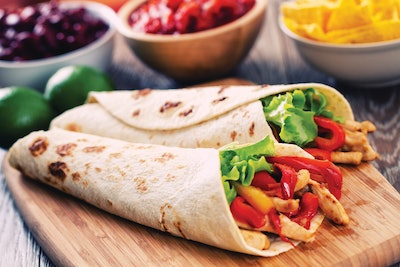
Mexico’s chicken production should expand this year, albeit at a slower pace than in 2022. Per capita consumption is also expected to rise, but the industry’s gains in exports last year are unlikely to be sustained through 2023; and imports could pose a challenge.
Broiler production
Chicken production in Mexico is expected to grow by 3% this year, reaching approximately 4 million metric tons (MT), according to forecasts published in late February by the U.S. Department of Agriculture (USDA) Foreign Agricultural Service (FAS).
FAS notes that breeding flocks that were culled last year due to infection with highly pathogenic avian influenza (HPAI) have been restocked and that grain prices have been falling, both helping broiler producers to grow their flocks.
Reporting a month later, Dutch banking and financial concern Rabobank stated that the country’s poultry producers would further benefit this year from the Mexican government’s decision to allow GMO corn imports from the U.S., along with expectations for a large U.S. crop.
Rabobank added that Mexico’s chicken meat production reached a record 3.8 million MT last year, an increase of 3.3%. In addition, growth in January this year continued to be strong – 10% above the 10-year average – although this is expected to soften as 2023 progresses.
Both FAS and Rabobank note that avian influenza continues to disrupt the sector, but that vaccination is helping.
Chicken consumption
FAS predicts that chicken meat consumption in the country will grow by 2.4% this year, slightly below 2022’s estimated increase of 2.5%, which saw per capita consumption rise to 36.82 kg from 2021’s 36.6 kg. This slowdown in consumption growth may, in part, be attributable to chicken meat being among the animal proteins most impacted by inflation.
Chicken meat accounts for almost 60% of Mexican consumers’ animal protein intake and, while the price gap between chicken and pork may have narrowed, it remains the most affordable meat for Mexican consumers.
Chicken meat imports and exports
Mexico imported less chicken meat last year but paid more for it. According to Rabobank, the volume of imports fell by 2.8% year on year but, by value, they were 16% higher.
The government has liberalized a number of imports to help control inflation. While the U.S. still accounts for 85% of Mexico’s total poultry meat imports, imports of chicken from Brazil and Chile rose by 23% and 8%, respectively, last year.
January 2023 saw Mexico’s imports 26% higher than a year earlier, with Brazilian sourced poultry meat rising fivefold, while that from the U.S. was up by 16%. This rate is expected to decline, however, as 2023 progresses.
FAS believes that where exports – heat treated chicken meat – are concerned, Mexico is likely to suffer a contraction of 18%. This, it says, will be due to the recovery from HPAI in international markets. Last year, the country shipped more chicken meat to the U.S. as demand there grew in response to HPAI, but shipments to the U.S. will decline this year.


















